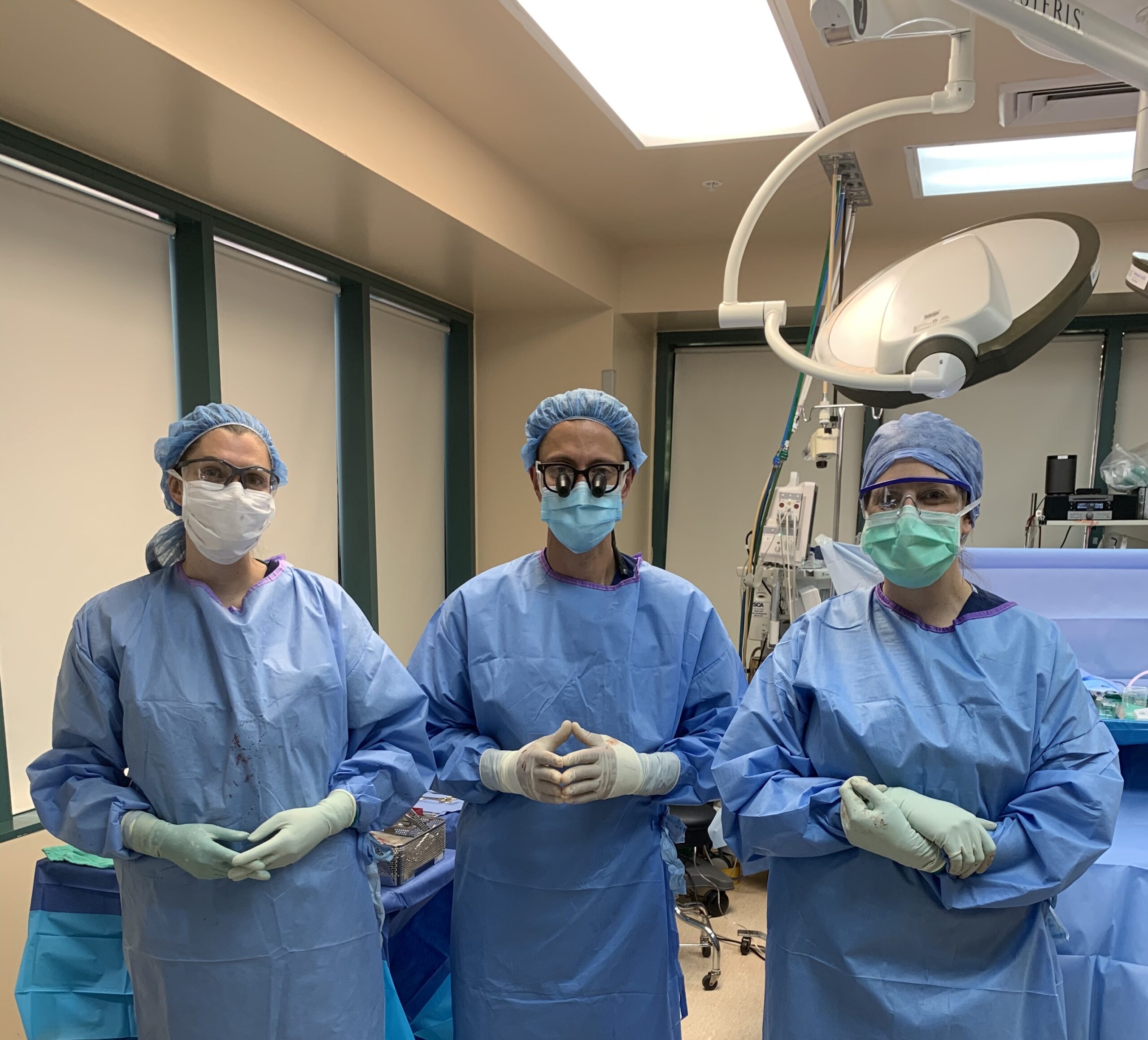
Enhancing Recovery: The Role of Post-Surgery Lymphatic Drainage, Massage, and Compression Garments
Proper lymphatic drainage can significantly reduce swelling, improve comfort, and expedite healing, making it a vital component of post-surgical care. Here’s a closer look at the importance of lymphatic drainage and how different massage techniques and compression garments can aid in the recovery process.
Understanding Lymphatic Drainage
The lymphatic system is essential for removing waste and toxins from the body. After surgery, fluid buildup and swelling are common as part of the healing process. Enhancing lymphatic drainage is key to reducing this swelling and promoting a quicker recovery.
Benefits of Lymphatic Drainage Massage
Lymphatic drainage massage is a specialized technique that stimulates the lymphatic system and promotes the movement of lymph fluids through the body. This gentle, rhythmic massage can help reduce swelling, alleviate pain, and prevent complications.
Key Benefits:
- Reduces Swelling: Promotes the movement of lymph fluid, reducing postoperative swelling and bruising.
- Accelerates Healing: Enhances lymphatic flow, supporting the removal of toxins and speeding up the healing process.
- Improves Comfort: Provides relief from pain and discomfort by reducing swelling and inflammation.
- Prevents Complications: Helps prevent the development of fibrosis and other postoperative issues.
The Role of Compression Garments
Compression garments are crucial for postoperative care, applying gentle pressure to the surgical area to aid in reducing swelling and supporting lymphatic drainage.
Types of Compression Garments:
- Compression Bras: Used after breast surgery to provide support and minimize swelling.
- Compression Sleeves: Ideal for arm surgeries to reduce swelling and improve circulation.
- Abdominal Binders: Commonly used after abdominal surgeries to support the area and manage swelling.
- Full-Body Garments: Used after extensive procedures like liposuction or body lifts to provide comprehensive support.
Key Benefits:
- Reduces Swelling: Minimizes fluid buildup and promotes efficient removal of excess fluids.
- Provides Support: Offers essential support to the surgical area, reducing strain and promoting comfort.
- Enhances Healing: Stabilizes the surgical area, speeding up the healing process and improving overall outcomes.
- Prevents Complications: Prevents complications such as seromas and reduces the risk of infection.
Integrating Massage and Compression for Optimal Recovery
Combining lymphatic drainage massage with compression garments can significantly enhance the recovery process after surgery. Here’s how to integrate both for optimal results:
- Initial Phase: Focus on gentle lymphatic drainage massage in the first few days post-surgery to reduce initial swelling and promote fluid movement.
- Compression Garments: Wear compression garments as recommended by your surgeon, ensuring they are snug but not too tight. Consistent use is crucial in the first few weeks.
- Regular Massage: Continue with regular lymphatic drainage massages throughout the recovery period. This can be performed by a trained professional or through self-massage techniques taught by your therapist.
- Combination Therapy: Use both massage and compression garments in tandem, following a schedule that maximizes lymphatic flow and minimizes swelling.
FAQ: Post-Surgery Lymphatic Drainage
What is lymphatic drainage massage, and why is it important after surgery?
Lymphatic drainage massage is a gentle, rhythmic massage technique that stimulates the lymphatic system to promote the movement of lymph fluids through the body. This helps reduce swelling, alleviate pain, accelerate healing, and prevent complications such as fibrosis.
How often should I get lymphatic drainage massages after surgery?
The frequency of lymphatic drainage massages can vary based on the type of surgery and individual recovery needs. Generally, it is recommended to start with sessions two to three times a week in the initial phase and adjust based on your surgeon’s advice and your body’s response.
What are compression garments, and why are they necessary?
Compression garments apply gentle pressure to the surgical area, helping to reduce swelling, support lymphatic drainage, and provide support to the healing tissues. They are essential for minimizing fluid buildup, enhancing comfort, and preventing complications.
What are the different stages of compression garments?
- Stage 1: Immediate Post-Surgery
- When Used: Right after surgery, typically for the first 1-2 weeks.
- Purpose: To minimize swelling, support the surgical area, and promote proper healing.
- Characteristics: Made from softer, more flexible materials that provide gentle compression and are easier to put on and take off.
- Stage 2: Continued Recovery
- When Used: From 2-6 weeks post-surgery, or as advised by your surgeon.
- Purpose: To continue reducing swelling and support the body’s adaptation to the surgical changes.
- Characteristics: Slightly firmer compression than Stage 1 garments, often more fitted to provide consistent support.
- Stage 3: Final Healing
- When Used: From 6 weeks post-surgery onwards, or as advised by your surgeon.
- Purpose: To ensure ongoing support and stabilization as the body completes its healing process.
- Characteristics: Softer and more flexible to allow for exercising and full return to activities.
Can I perform lymphatic drainage massage myself?
Yes, with proper guidance from a trained professional, self-massage techniques can be effective. It is important to learn the correct techniques to ensure you are applying the right amount of pressure and targeting the correct areas.
How long should I wear compression garments?
The duration of wearing compression garments can vary depending on the surgery and individual recovery. Typically, they should be worn consistently for the first few weeks, and gradually reduced as advised by your surgeon.
Proper lymphatic drainage massage and compression garment use can significantly improve the healing process, reduce discomfort, and prevent complications. Our experienced team is here to support your recovery journey and help you achieve the best possible results.



